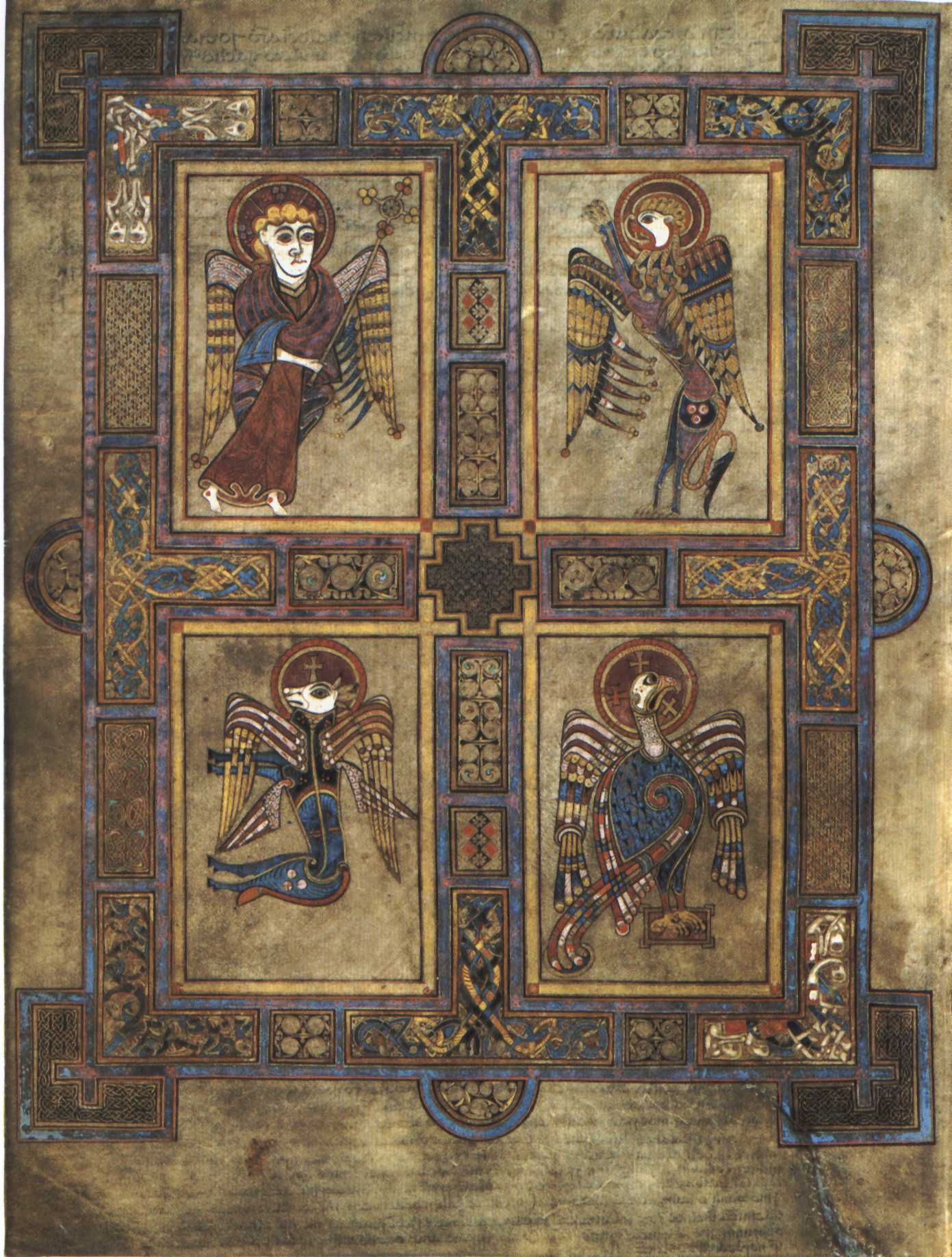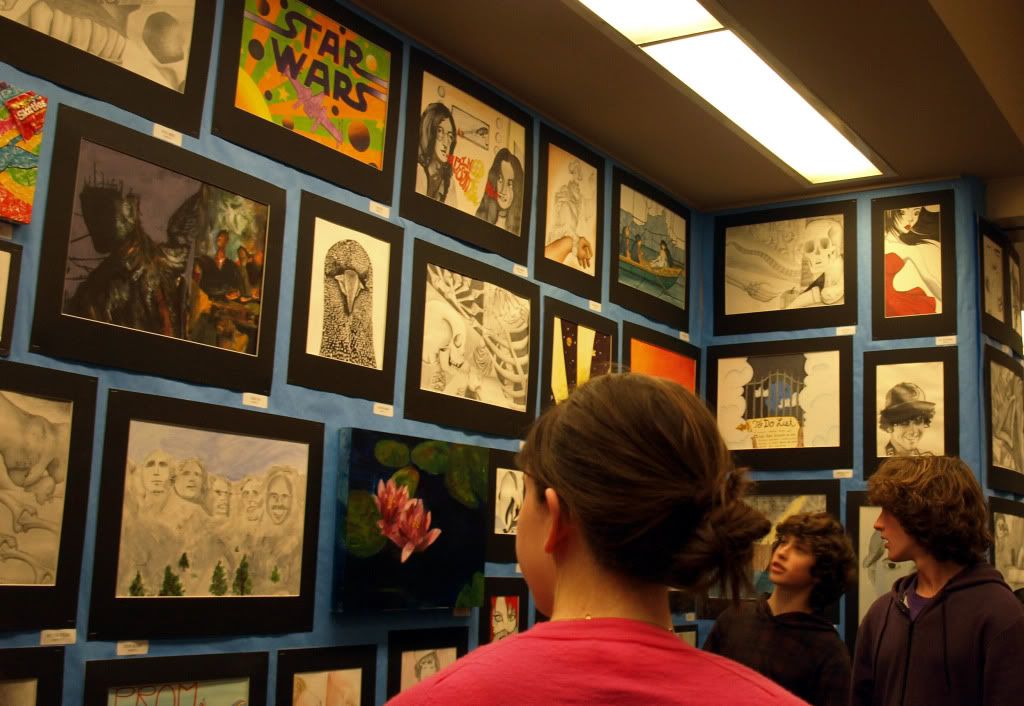Every once in a while, a very young
artist will emerge under an explosion of popularity and a general ‘wow’ factor.
We as artists mumble and rub our feet in the dirt, not knowing exactly how to
react against a child anomaly in the art world. I believe that we are simply
confusing the associations attached to the artist in question. An artist is an
artist, no matter their demographic. When artist’s submissions are juried for
an exhibit, names are left at the door for the sake of fairness in adjudication.
So when deciding the worth of work made by ‘genius child-prodigy’, a very
objective stance must be taken in order to detach the associations you as a
judge/viewer have with the artist. Subjectivity is one of the largest foes and
friends of art itself, so it is logical to assume that if it is necessary to
judge an artist, each artist must be judged subjectively and individually.
Most recently, an artist of four
years old is showing at a Tony Chelsea Gallery in NYC. Her name is Aelita Andre
and she was first on the news at a tender two years old. She paints
hyper-abstraction, some recognizable objects but mostly color swatches and splatters.
Despite the rumors that her parents push her to paint in a certain way, it is
also said that she is talented, that her art is a recognizable attribute to
prove natural endowment. In the
subjectivity of art, can there be such a thing as a ‘natural ability’ to become
famous? If this girl would have born to the same family 70 years in the past,
would her work leave the refrigerator even if she tried to exhibit? Being a
successful artist means being in the right place at the right time around the
right people, and it seldom has to do with the art itself. Artists at an adult age are painting similar
pictures to her but selling them for thousands less because they were not in
her situation. Does that make them less important to the movement they are
contributing to? I would suppose it is up to us viewers to decide their place
in history. Malcolm Gladwell said that it takes approximately 10,000 hours to
become a master at a skill, which furthers the idea that it is impossible to be
talented at art because it is something to be worked on and perfected. Aelita
Andre is the currency of the art world, that is to say, her worth is based on
the worth given to her and not her intrinsic value.
Aelita Andre and her parents in the studio












.png)
